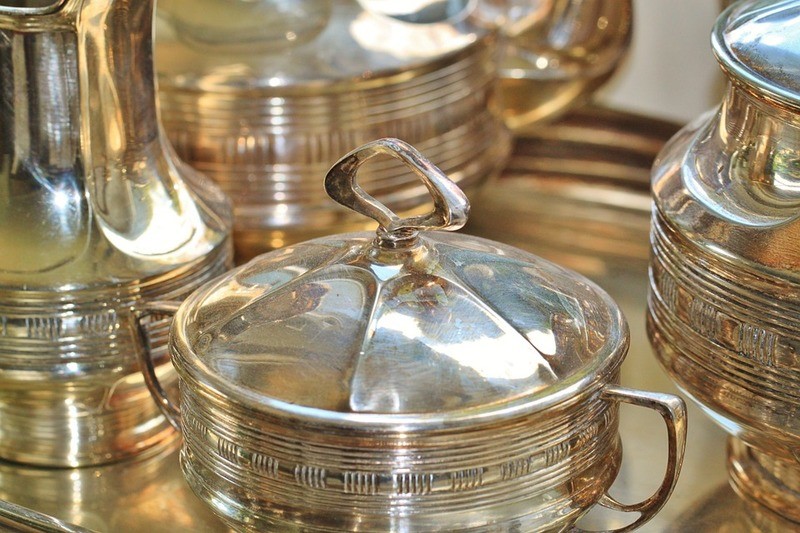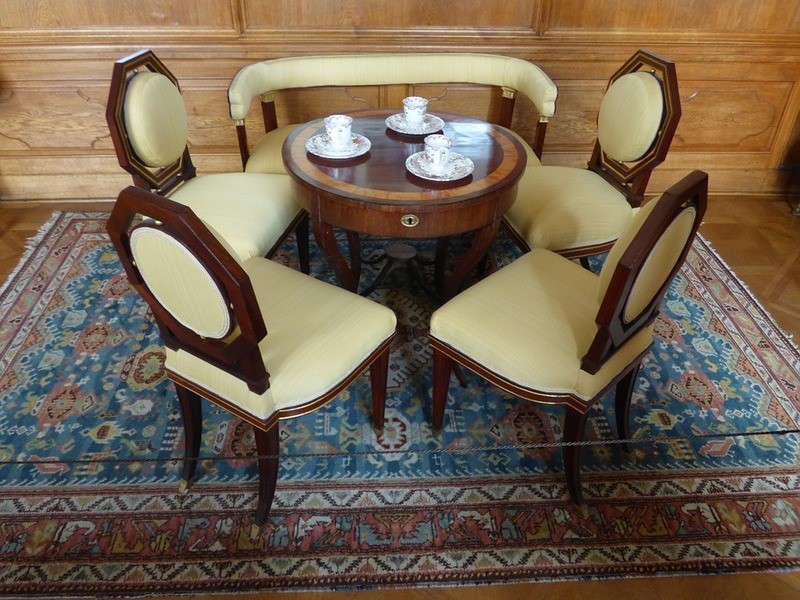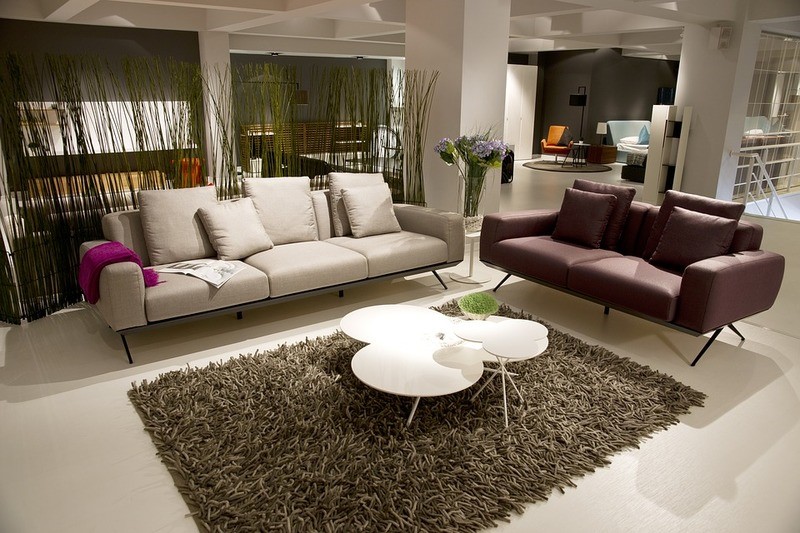Coffee tables come in all shapes and sizes and are ubiquitous to modern life.
Every residence and most commercial buildings in the world will likely contain a coffee table of some sort, be it in an office, staff break room, living room, lobby, or terrace. Coffee tables are such a common fixture of modern interiors that it is hard to imagine life without them. And it’s also worth mentioning that I recently found Homelooks who do the best furnishings that I’ve ever seen, so definitely have a look there if you need anything like a new rug or furniture set.
However, coffee tables are actually a relatively recent phenomenon, barely existing in homes and public space until only a couple of centuries ago. So where did the humble coffee table come from and why did it become so popular worldwide so quickly? Read on to find out the complete history of coffee tables.
The perfect coffee table will not be completed until you have the perfect coffee mugs to combine them, go to www.spicekitchenandbar.com if you still do not have your coffee mugs.
Origins of the Coffee Table
The historical origins of coffee tables are impossible to pinpoint exactly. While the first usage of the term “coffee table” wasn’t until the early Victorian period, the creation and use of such furniture almost certainly happened earlier.
The story begins with the introduction of coffee to central Europe. This in itself is a historical development which has had countless books and academic papers dedicated to it, although only a few details are certain. The first people to consume coffee are believed to have been the Maltese and the Venetians, who were introduced to it via their global trading links.
Coffee first became popular in Europe shortly after this, with Vienna being the point of focus. In 1683, the Austrians had just defeated the Ottoman Empire in the Battle of Vienna, and the retreating army left behind sacks of strange green beans. These spoils of war were coffee beans, and there were so many of them that inquisitive Viennese were eager to try some for themselves. The first coffee houses in Europe were opened in the Austrian capital to sell this newly fashionable beverage.
The coffee table as we know it came into use around this time. In 17th century Britain, coffee houses were proliferating throughout the country as a place for the bourgeois and enlightened men to gather and discuss politics and philosophy. It was in these so-called “Penny Universities” that the first recorded uses of coffee tables have been discovered.
Patrons described a need to place their cup of coffee or tea down between sips alongside their newspapers and journals, thus coffee house owners had tables made especially for this purpose, and the coffee table was born.
Curiously, these early coffee tables did not resemble the ones we know today. Rather, they were quite tall, often up to 27 inches, or double the height of contemporary coffee tables.
The Popularisation of Coffee Tables
It wasn’t long after this that coffee tables as we know them began appearing in private homes all over Europe. In Britain, the reason that such tables began being used was actually the explosive popularity of tea, leading to the first coffee tables to actually be called “tea tables”.
Such tables began appearing in the homes of wealthy Brits, as well as in bourgeois homes across Europe, party influenced by Ottoman culture, which is thought to be how the term “coffee table” came into usage, despite tea remaining the most popular drink in some countries.
The first coffee tables tended to have ornate, exaggerated features such as gold vine leaf trims and giant claw legs, and would often weigh as much as half a ton. As time went on, coffee tables began to enter the homes of all social classes, as the consumption of hot beverages became commonplace.
In the early 20th century, rather than a wide coffee table choice that is so in vogue today, coffee tables were typically very narrow. The 1920s and ’30s were the era of Art Deco, with coffee tables following this design trend by way of long, sleek, metallic shapes, barely wide enough to balance a book on.
After the postwar period, coffee tables became larger as they became used for more practical purposes.
The Coffee Table Today
These days, coffee table designs range from traditional, old-school styles to the ultra-modern. A great variety of layers, materials and shapes is typically available. The coffee table has retained its function as the focal point of social gatherings, however, and continues to be associated with hosting guests, conducting lively conversations and, of course, drinking coffee, of which 2.25 billion cups are estimated to be drunk globally every day.
It seems that one of the most popular furniture items in the world has a long future ahead of it.


